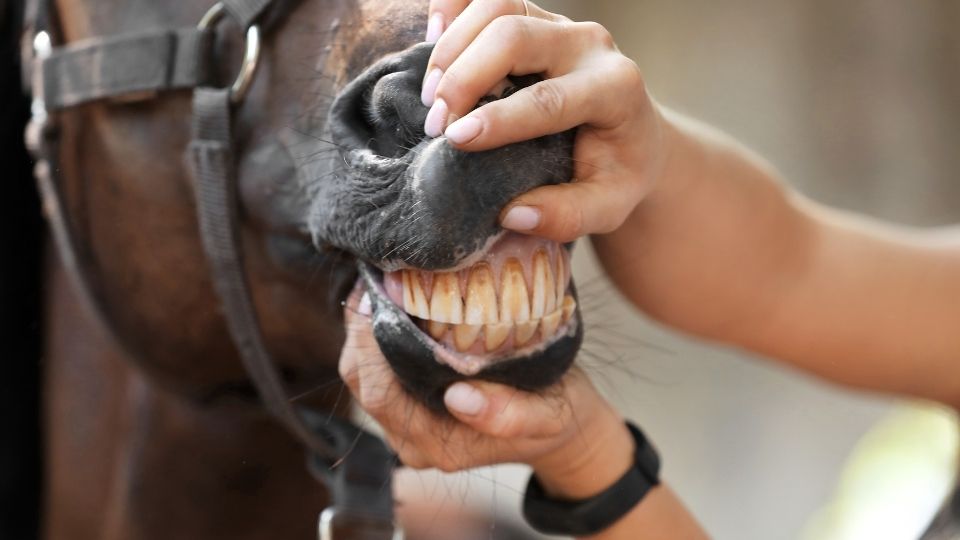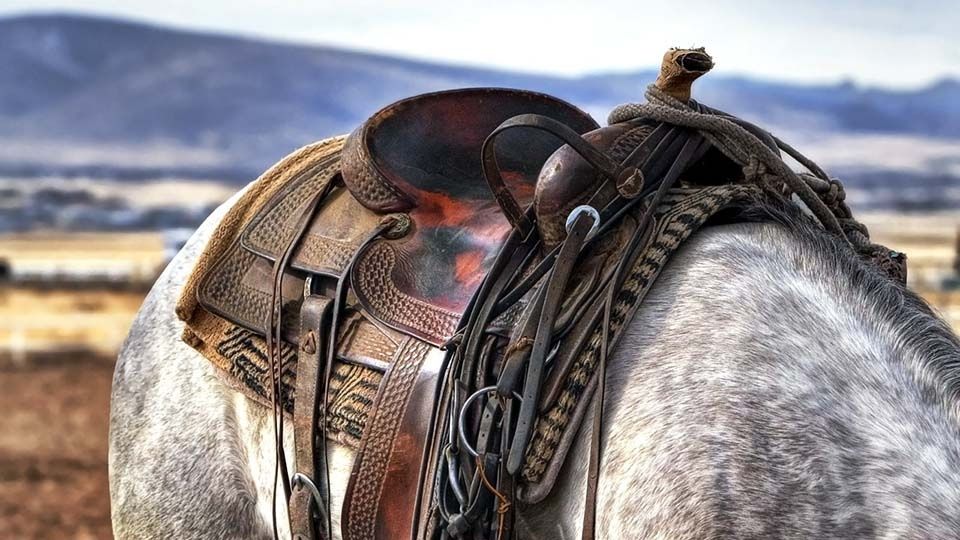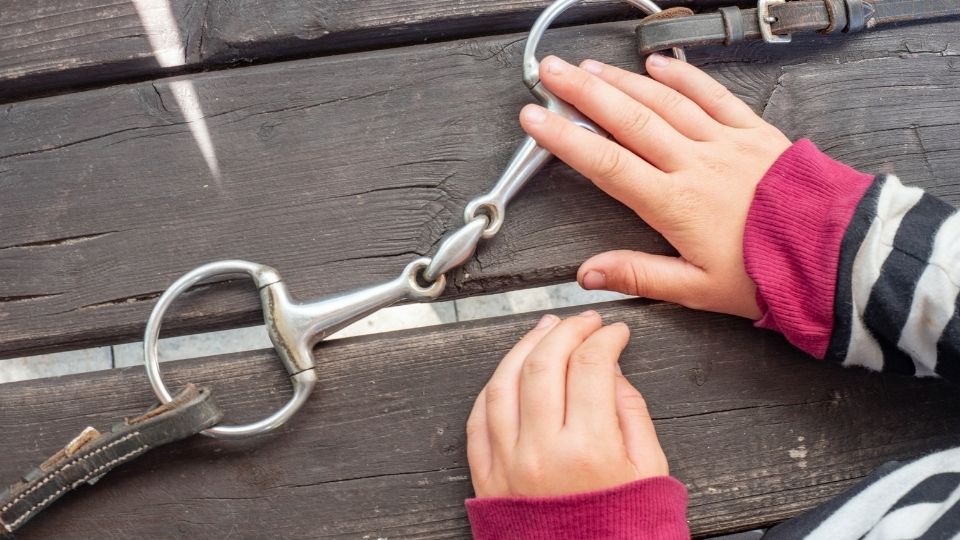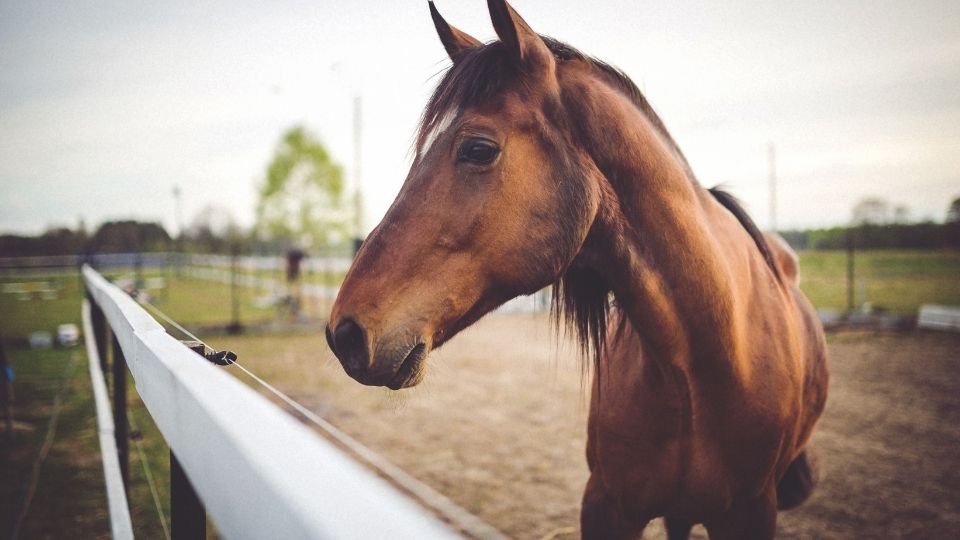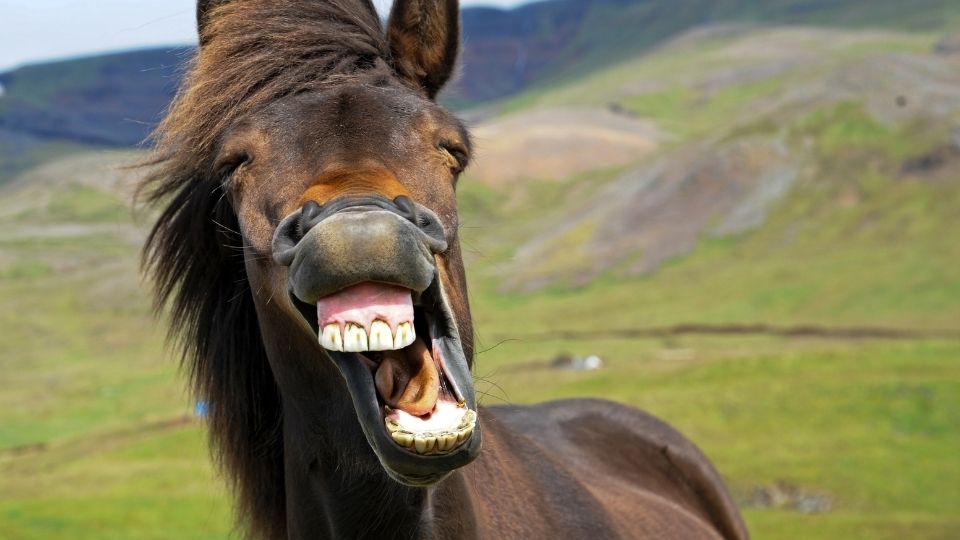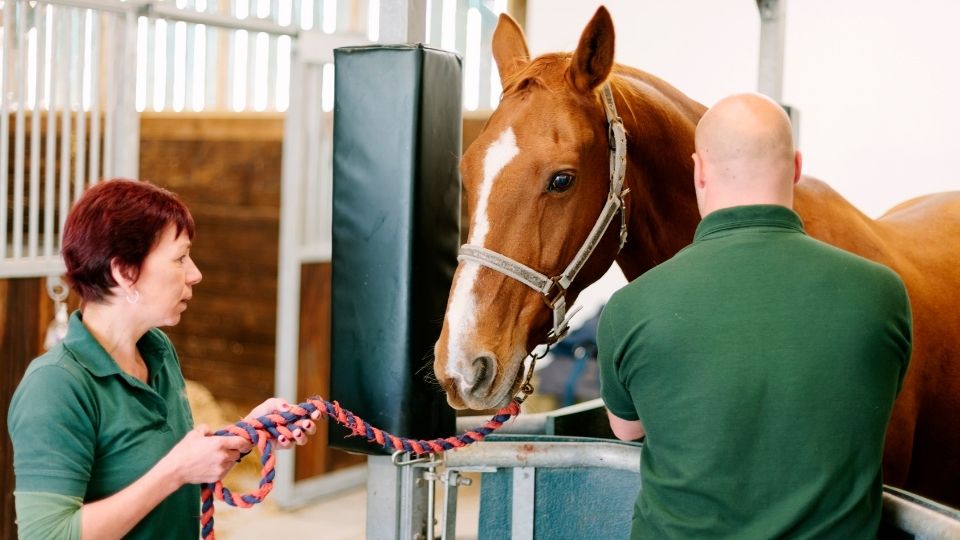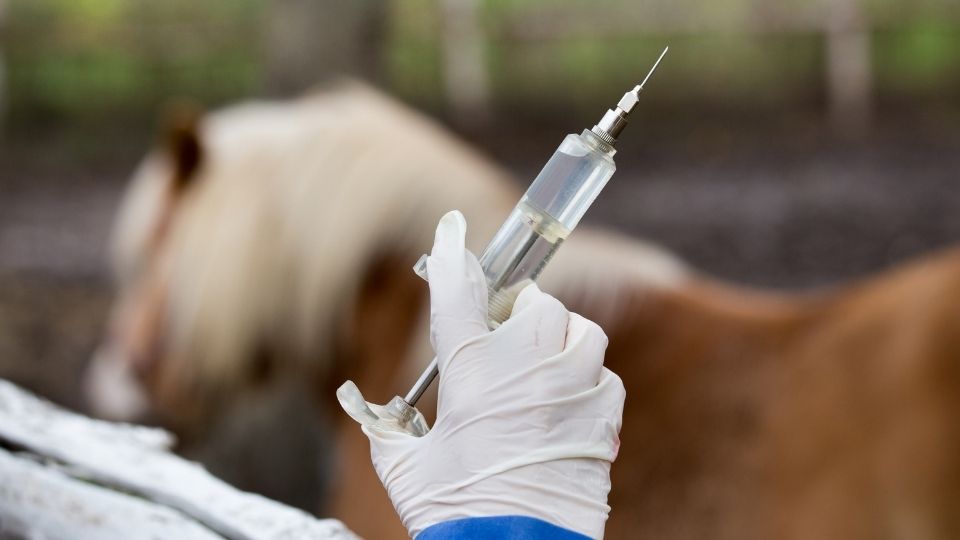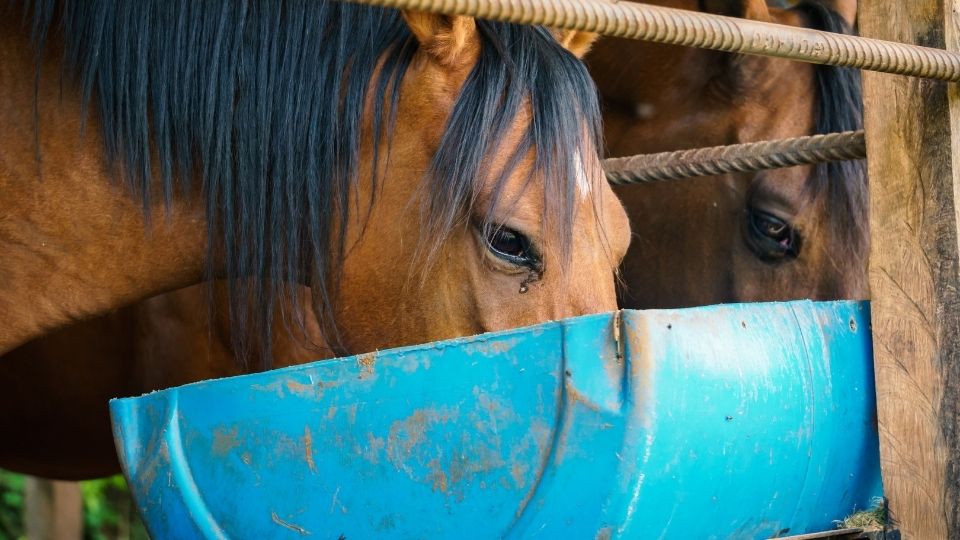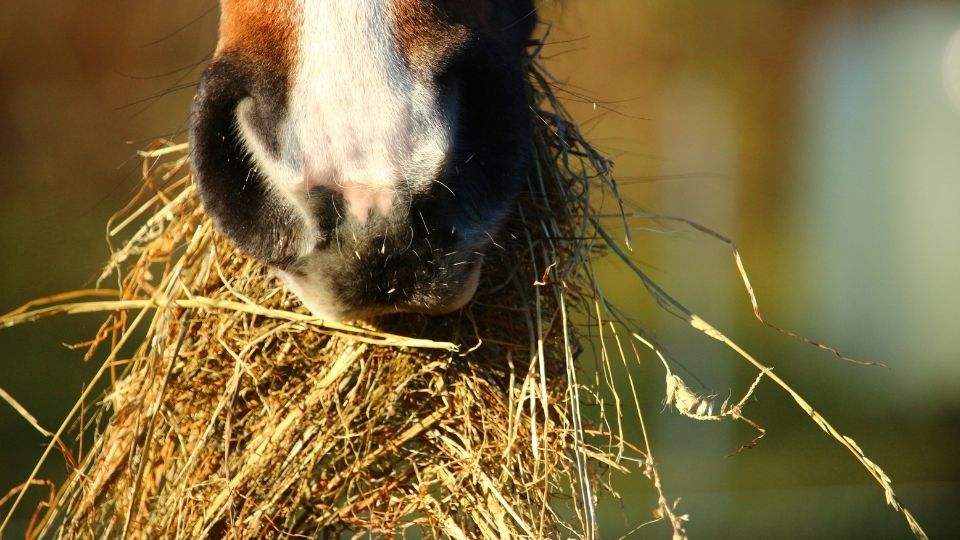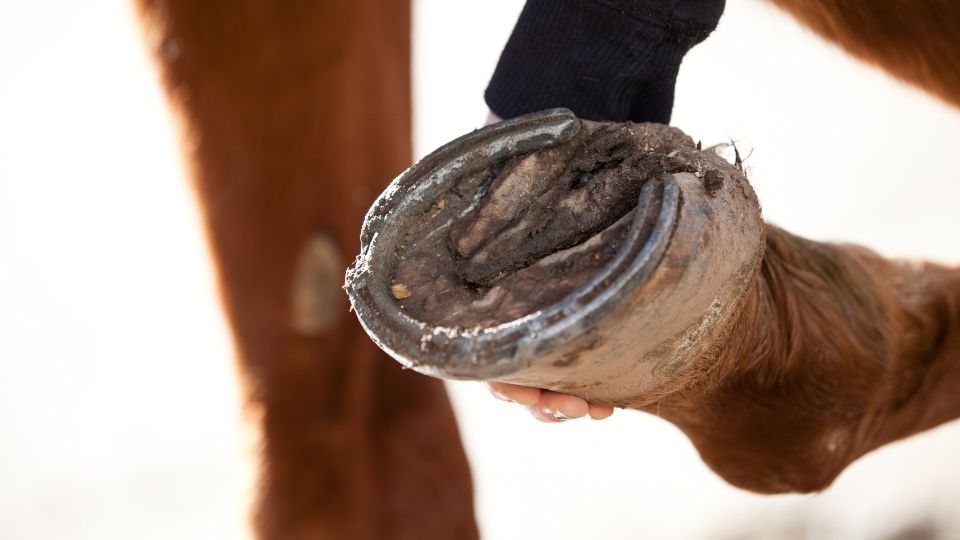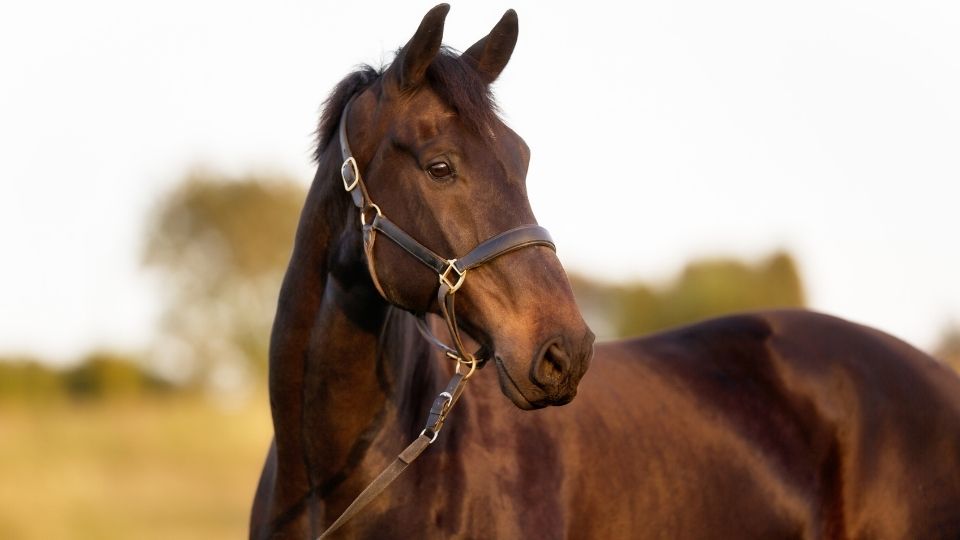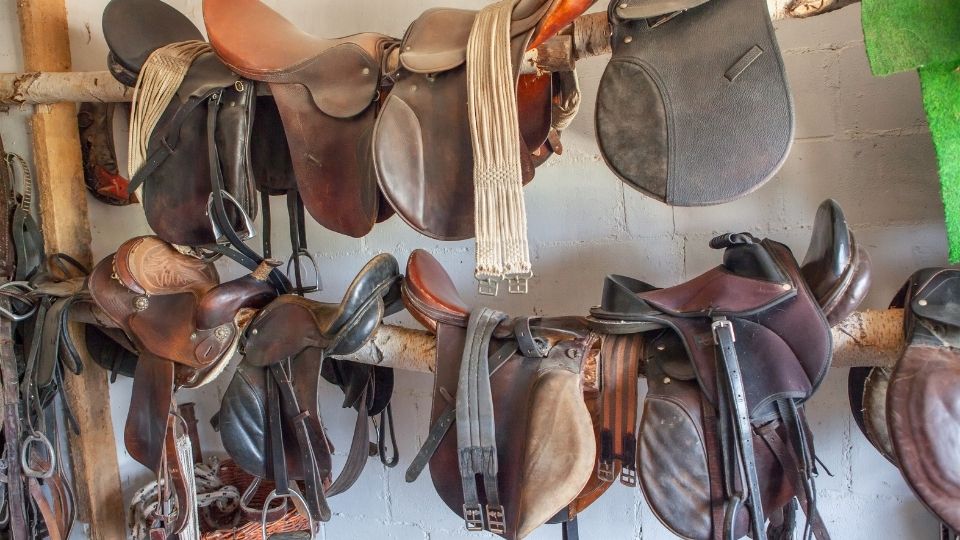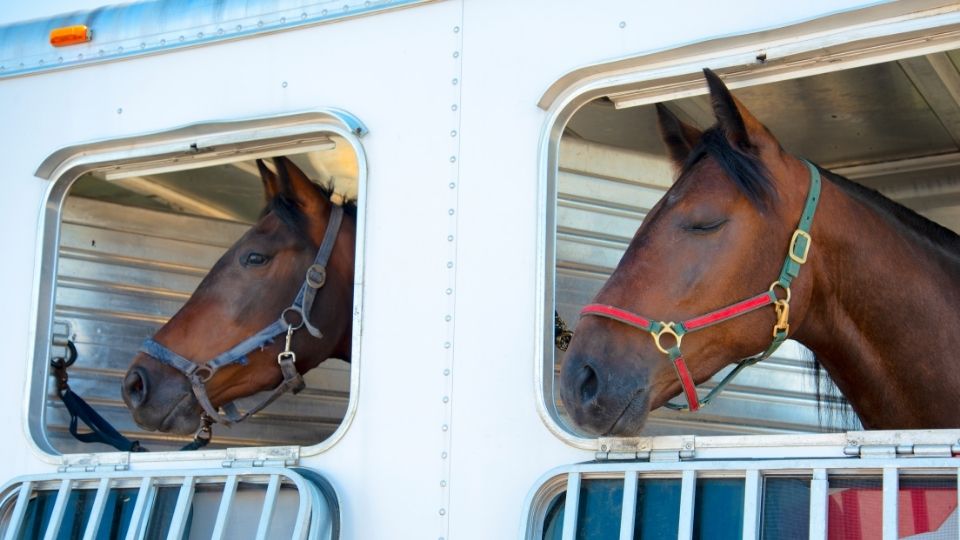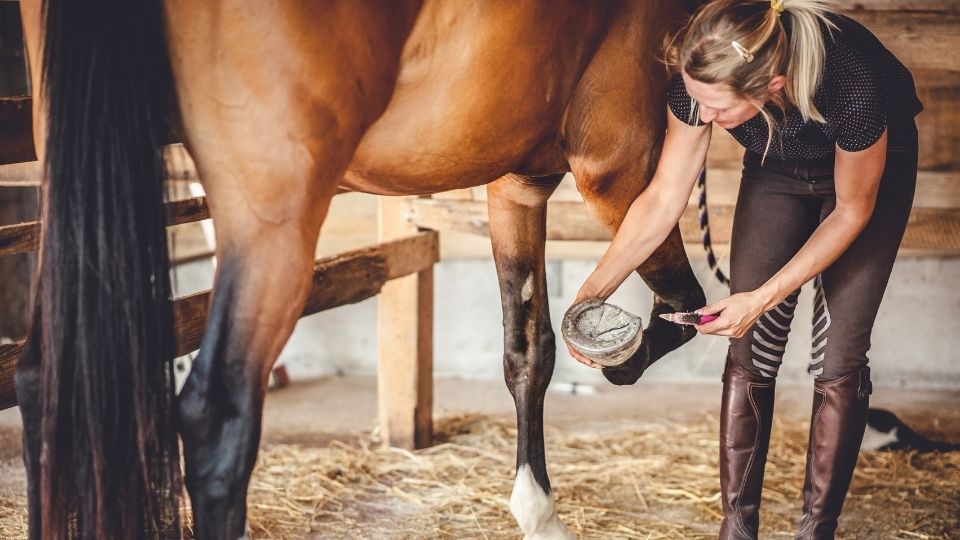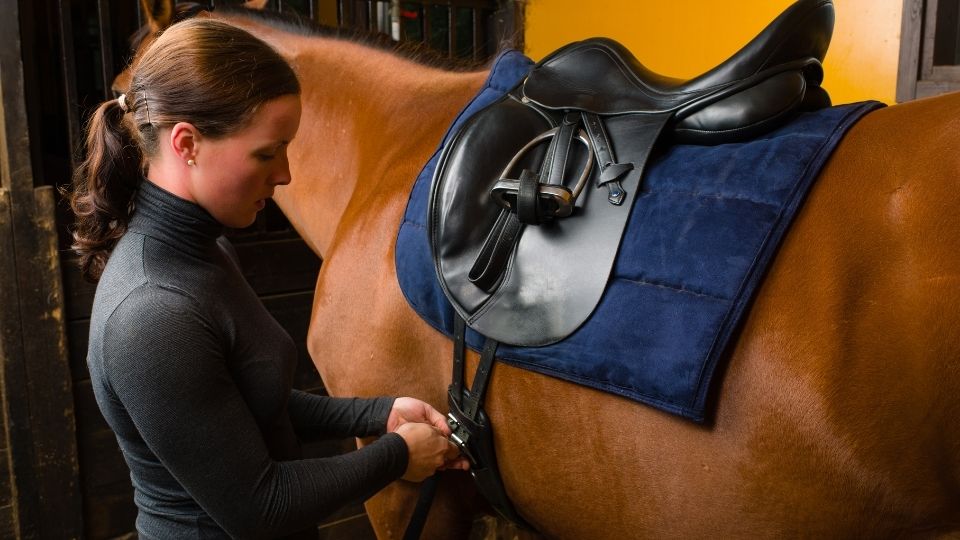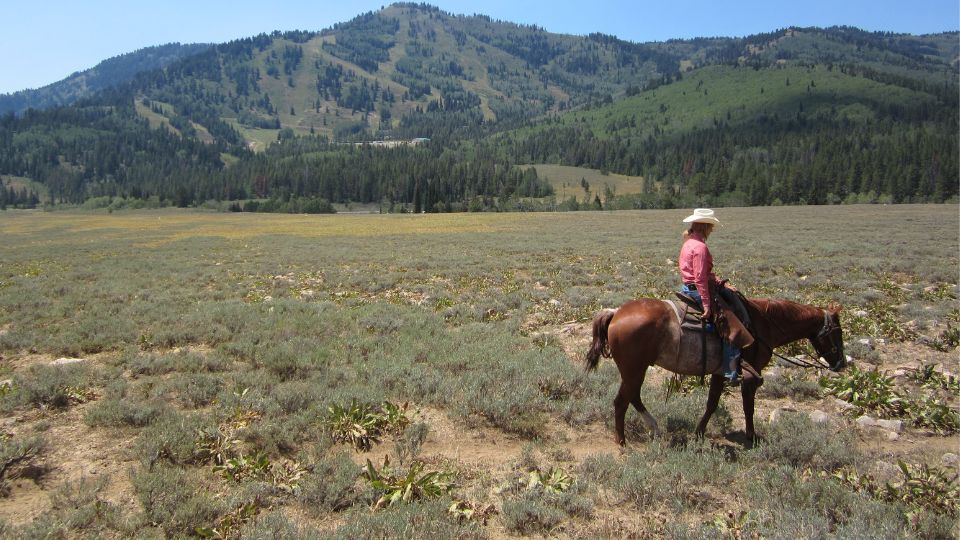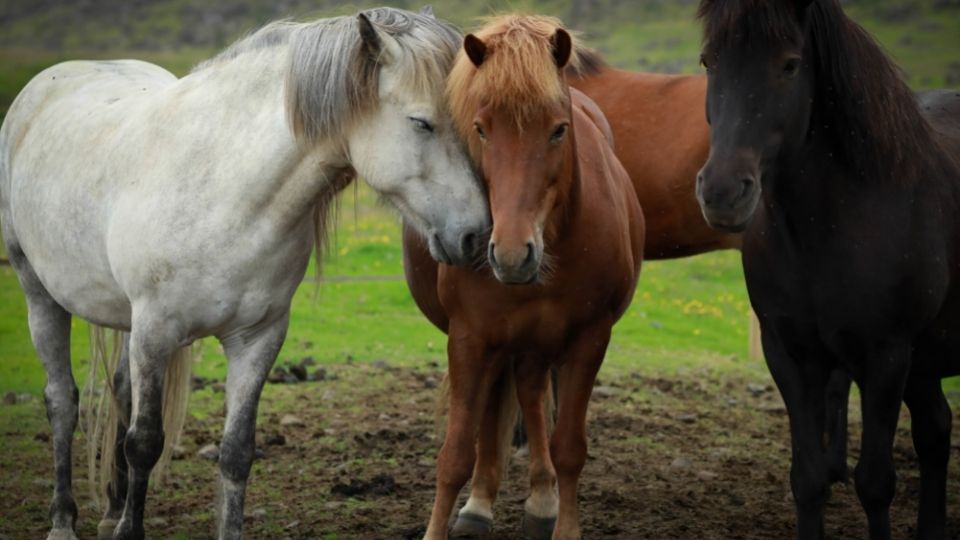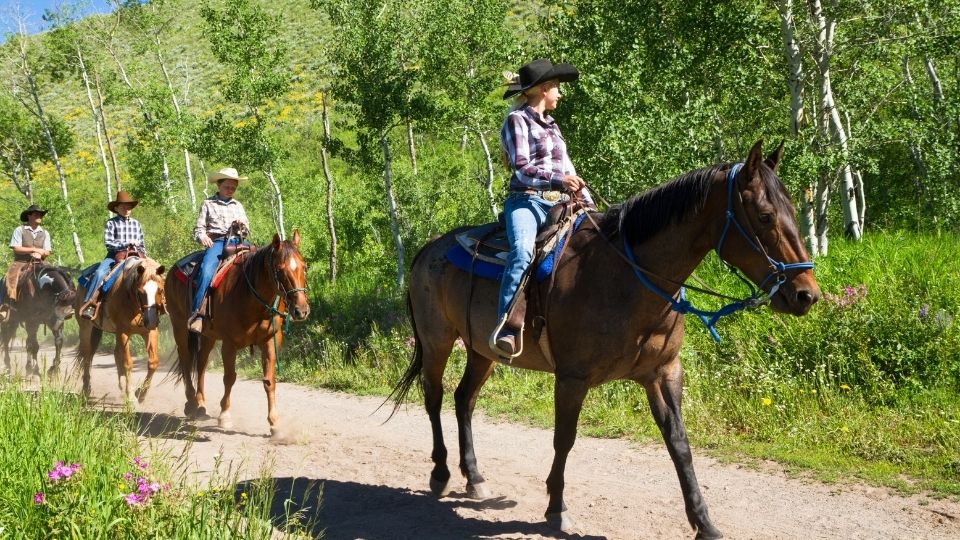Helmets, Heads, and Health for Horse Enthusiasts
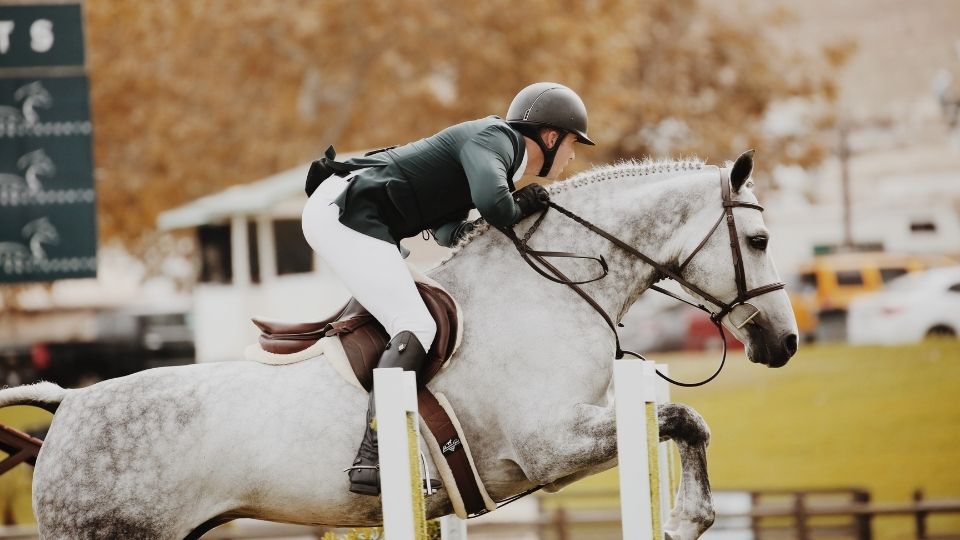
Introduction
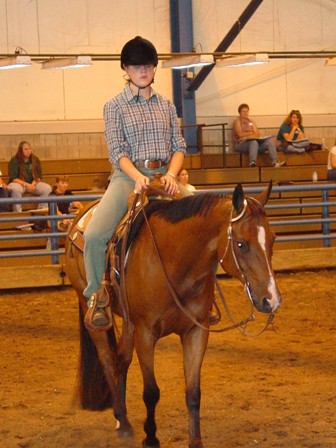 Horseback riding is a pastime enjoyed by people of all ages. In the U.S. it has been estimated that more than 19 million people age 16 or older take part in horse activities (Thomas et al., 2006). While a fun and exciting, this sport requires two species working together with the person being 9 to 12 feet off the ground, which can create a hazardous environment. Due to this combination, accidents are likely when rider/horse partnerships are not equal or the horse reacts unexpectedly. While horse activities have fewer participants than other sports and recreational activities, horseback riding is the eighth leading cause of emergency room treated, sports and recreation related injuries among female participants (Thomas, 2006). Horseback riding has been identified as a higher-risk activity than automobile racing, motorcycle riding, football and skiing, and at least as dangerous as rugby (Ball et al., 2007). Injuries occur while riding or handling horses without discrimination for age or experience level. Approximately 70,000 people are treated in emergency rooms annually because of equestrian-related injuries, while thousands more are treated in physicians’ offices. Most horse related injuries result from falls due to bucking, bolting, shying, or spooking. Head injuries are the most common reason among riders for admission to a hospital and death (Yurgil, 2004, Norwood, 2000). Norwood (2000) showed that of large-animal injuries registered by trauma units, 55 percent were attributed to horses and of these, 32 percent involved the brain and head. This study also indicated that injury rates for females peaked at 10 to 14 years of age and again between 35 to 44 years. Female numbers are typically higher due to the larger number of females involved in horse activities. Most accidents seem to have their roots in the fact that people do not understand that instincts cannot be overcome with training. The horse is always a horse, and it will be predictably unpredictable (Strickland, 2000).
Horseback riding is a pastime enjoyed by people of all ages. In the U.S. it has been estimated that more than 19 million people age 16 or older take part in horse activities (Thomas et al., 2006). While a fun and exciting, this sport requires two species working together with the person being 9 to 12 feet off the ground, which can create a hazardous environment. Due to this combination, accidents are likely when rider/horse partnerships are not equal or the horse reacts unexpectedly. While horse activities have fewer participants than other sports and recreational activities, horseback riding is the eighth leading cause of emergency room treated, sports and recreation related injuries among female participants (Thomas, 2006). Horseback riding has been identified as a higher-risk activity than automobile racing, motorcycle riding, football and skiing, and at least as dangerous as rugby (Ball et al., 2007). Injuries occur while riding or handling horses without discrimination for age or experience level. Approximately 70,000 people are treated in emergency rooms annually because of equestrian-related injuries, while thousands more are treated in physicians’ offices. Most horse related injuries result from falls due to bucking, bolting, shying, or spooking. Head injuries are the most common reason among riders for admission to a hospital and death (Yurgil, 2004, Norwood, 2000). Norwood (2000) showed that of large-animal injuries registered by trauma units, 55 percent were attributed to horses and of these, 32 percent involved the brain and head. This study also indicated that injury rates for females peaked at 10 to 14 years of age and again between 35 to 44 years. Female numbers are typically higher due to the larger number of females involved in horse activities. Most accidents seem to have their roots in the fact that people do not understand that instincts cannot be overcome with training. The horse is always a horse, and it will be predictably unpredictable (Strickland, 2000).
How can head injury numbers be reduced?
In the past, helmet use for a variety of sports (bike riding for sport or recreation, skate boarding, skiing, etc.) was not the norm, but has since become main stream. In English styles of riding, helmet use is much more typical than with western riders. Many western riders were not brought up being introduced to helmet use and view the wearing of helmets as unnecessary and uncomfortable; however, there has been a marked increase in the number of bronc and bull riders wearing helmets. Helmets are not required due to the lack of rodeo specific helmets; however the NHSRA rulebook does require riders to wear a protective vest and mouthpiece during all rough stock events.
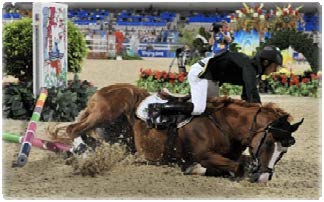 The use of protective headgear, proper apparel and adequate training in the handling and care of horses is effective in reducing the incidence and severity of accidents (Mayberry et al., 2007). The United States Pony Club began requiring American Society for Testing Materials (ASTM) certified helmets in 1990. A surveillance study showed over the next two years head injuries declined by 26 percent, face injuries by 62 percent and concussions by 29 percent (Nelson et al., 1994). Another study in 1971, documented that 66 percent of hospital admissions were attributed to head injuries while in 1991 the percent was reduced to 26 percent. The main reason for the reduction in head injuries has been given as improved protective helmet design (Moss et al., 2002). While helmets do not prevent 100 percent of horse related injuries, riders should be educated on the safety benefits provided by helmet use, as well as how to properly fit and wear ASTM or Safety Equipment Institute (SEI) approved helmets.
The use of protective headgear, proper apparel and adequate training in the handling and care of horses is effective in reducing the incidence and severity of accidents (Mayberry et al., 2007). The United States Pony Club began requiring American Society for Testing Materials (ASTM) certified helmets in 1990. A surveillance study showed over the next two years head injuries declined by 26 percent, face injuries by 62 percent and concussions by 29 percent (Nelson et al., 1994). Another study in 1971, documented that 66 percent of hospital admissions were attributed to head injuries while in 1991 the percent was reduced to 26 percent. The main reason for the reduction in head injuries has been given as improved protective helmet design (Moss et al., 2002). While helmets do not prevent 100 percent of horse related injuries, riders should be educated on the safety benefits provided by helmet use, as well as how to properly fit and wear ASTM or Safety Equipment Institute (SEI) approved helmets.
Proper Helmet Fit Is Important
In the past, helmets have been uncomfortable, hot, and ill fitting, leading many riders to forego the use of helmets. Recent advances, such as ventilation, lighter weight, and adjustable chin straps, have made helmets safer and more comfortable. More western looking helmets are being developed for those riders that want safety with a western look.
Each rider should have a helmet that is properly fitted to his/her head for maximum safety. Therefore, equestrian helmets should not be shared among riders. Helmets should also be replaced after a maximum of 5 years or after each major impact to ensure the rider’s continued protection.
Helmet Certification
When purchasing an equestrian helmet, riders should look for American Society for Testing Materials (ASTM) and Safety Equipment Institute (SEI) certification. These certifications insure that the helmet complies with the basic helmet safety regulations. Helmets not certified by ASTM and SEI do not comply with industry standard and may offer sub-standard protection.
Equestrian helmets are constructed differently from other safety helmets (bicycle and motorcycle) as they are designed to protect more of the rider’s head while not interfering with sight or balance. They are specifically made to reduce penetration by blunt objects (such as a horses hoof) and to absorb some of the impact from a fall. Bicycle and motorcycle helmets do not provide the flexibility and safety offered by equestrian helmets.
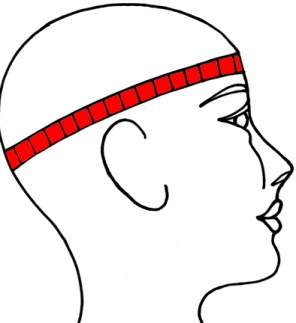
Helmet Fitting
Equestrian helmets come in many sizes and styles. Finding a proper fitting helmet for your riding discipline can save money, time and effort. Helmet sizes are based on the circumference at the widest part of the rider’s head, approximately one inch above the eyebrows (Figure 1). This measurement is then matched to the proper helmet size (each style of helmet should have an appropriate sizing chart).
Helmets may vary with style and brand so trying on helmets before purchase is highly recommended. The helmet should fit around the rider’s entire head with the visor level just above the eyebrows (should not be above 1.5 inches, Figure 2). The chin strap should be attached so the strap is touching the skin under the rider’s chin, not hanging loose. The suspension and chin straps should not pinch the rider’s ears.
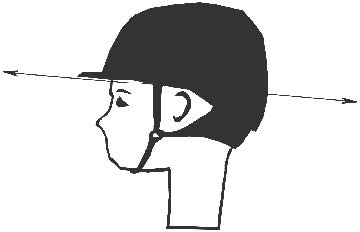
Properly Fitting Helmet
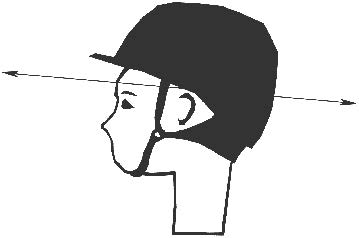
Improperly Fitting Helmet
The rider should be able to move his/her head vigorously with minimal helmet movement. If the helmet slides, a smaller size may be needed while a larger size is warranted if the helmet is too tight, causing discomfort. Long hair should not be placed under the helmet in a bun, in a high pony tail or flipped underneath, but rather should be pulled back into a low enough pony tail so that it does not interfere with fitting. Most helmet retailers can assist in the helmet fitting process if the rider remains unsure as to proper fit.
Summary
Injuries are a part of working with or riding horses. The use of safety equipment is important to equestrians’ well-being. The use of helmets is a simple and effective means of decreasing the number of head injuries associated with falls from horses. All youth should use this simple solution to potentially devastating injuries. An ASTM or SEI approved helmet, worn and properly fitted can decrease the incidence of serious head injuries that result from horse activities. Overall, the helmet should be certified, snug, and comfortable to encourage maximum wear and protection.
Published August 2009
Utah State University Extension
Peer-reviewed fact sheet
References
- C.G. Ball, J.E. Ball, A.W. Kirkpatrick, and R.H. Mulloy, Equestrian injuries: incidence, injury patterns, and risk factors for 10 years of major traumatic injuries, Am. J of Surgery 193(2007), 636-640.
- J.C. Mayberry, T.E. Pearson, and K.J. Wiger, Equestrian injury prevention efforts need more attention to novice riders, J. of Trauma 62(2007), 735-39.
- P.S. Moss, A. Wan and M.R. Whitlock, A changing pattern of injuries to horse riders, Emerg Med J 19(2002), 412-414.
- D.E. Nelson, F.P. Rivara, and C. Condie, Helmets and horseback riders, Am J Prev Med 10(1994), 16-19.
- S. Norwood, C. McAuley, V.L. Villina, L.G. Luis, J.W. McLarty, and G. Goodfried, Mechanisms and patterns of injuries related to large animals., J. of Trauma 48(2000), 740-744.
- C. Strickland, Equine-related human injuries, thehorse.com October 2000 Article# 109. www.thehorse.com/View/Article.aspx?ID=109.
- K.E. Thomas, J.L. Annest, J. Gilchrist, D.M. Bixby-Hammett, Non-fatal horse related injuries treated in emergency departments in the United States, 2001-2003, Br. J. Sports Med 40(2006), 619-626.
- M.G. Yurgil, An epidemiological look at head injuries in young, female horseback riders, American Medical Equestrian Association/Safe Riders Foundation, mid-year 2004.
- K.A. Whitney, Let’s Keep Approved Helmets Fitted Properly, November 21, 2003 The Chronicle of the Horse, http://www.troxelhelmets.com/pdf/TroxelChronicle-112103.pdf..
- University of Connecticut, Cooperative Extension Program, Use your Head, Wear your Helmet, http://www.canr.uconn.edu/ansci/equine/helmet_safety/index.htm accessed April 20, 2009.
- Government of Alberta, Agriculture and Rural Development, Safety-Up on Equestrian Helmets, http://www1.agric.gov.ab.ca/$department/deptdocs.nsf/all/aet12574, Accessed April 20, 2009.
- National High School Rodeo Association, 2008-2010 Rules, Bylaws, and Constitution, http://www.nhsra.com/images/2008-2010Rulebook.pdf, Accessed July 27, 2009.
Authors
Colette Floyd, 4-H Equine Program Coordinator; Dr. Patricia Evans, Extension Equine Specialist
Related Research


